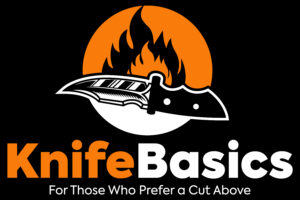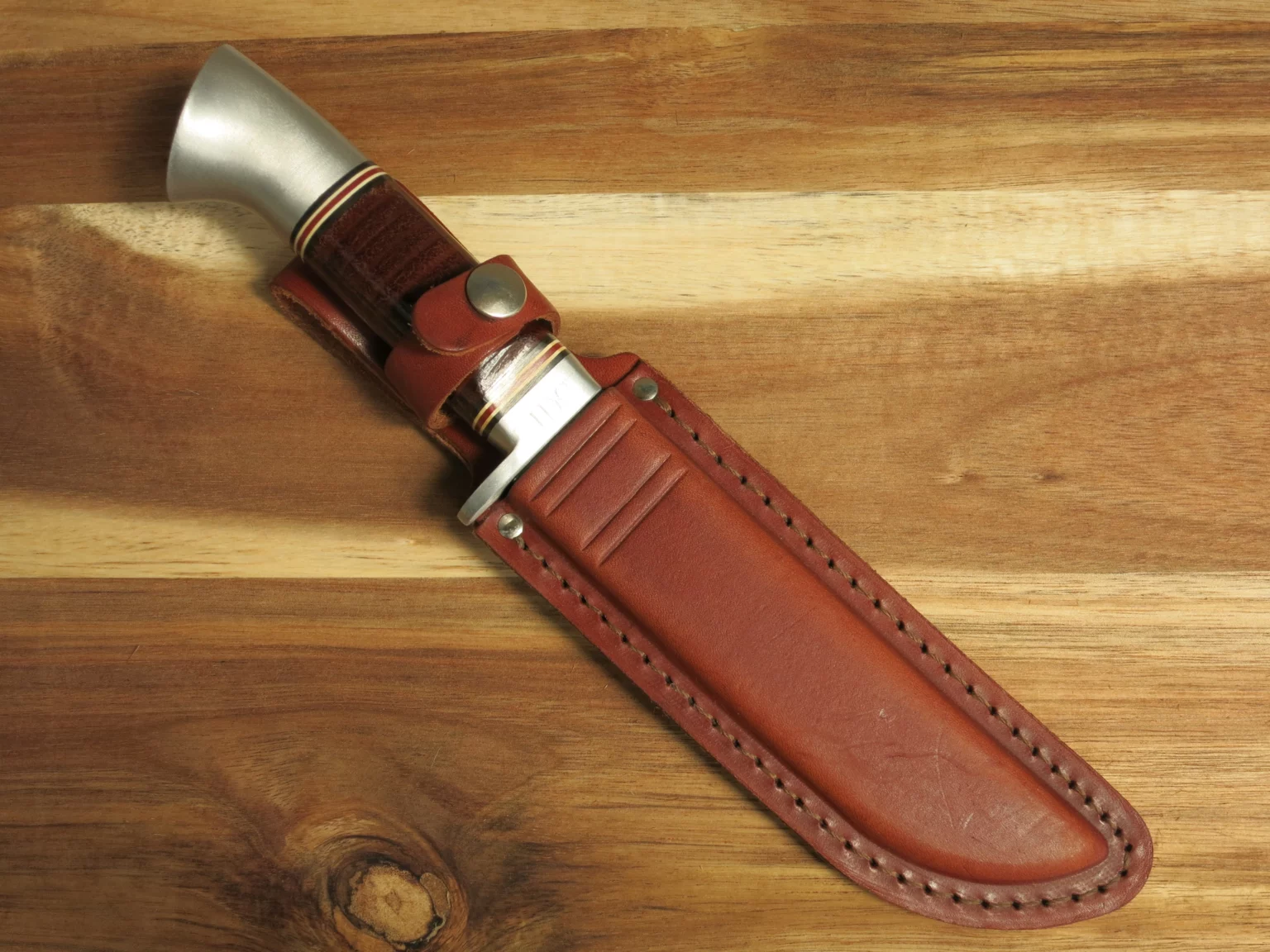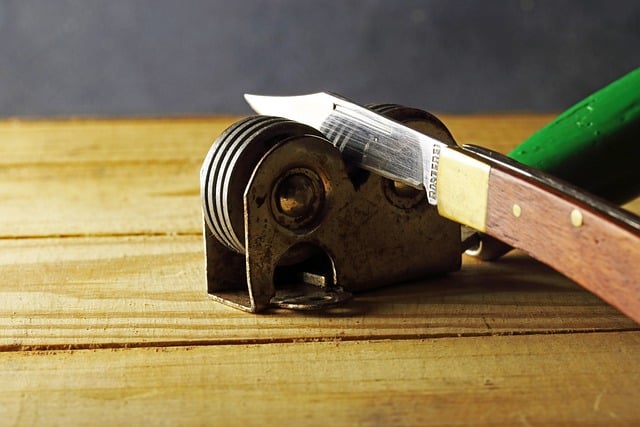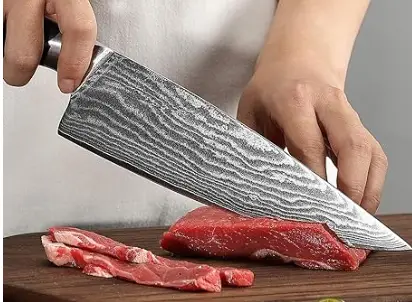Introduction to Knives and Sheaths
The knife in a sheath has a rich history dating back to prehistoric times. Crafted originally from stone and later from metals, knives have evolved significantly, both in terms of design and utility. Used for myriad purposes ranging from everyday culinary tasks to survival in extreme conditions, knives remain indispensable in various facets of daily life.
A knife is basically a cutting tool with a blade and a handle. Its applications are diverse; in kitchens, knives facilitate precise cutting and preparation of food, while in outdoor settings, they are crucial for activities like hunting, fishing, and camping. The versatility of a knife is what underscores its enduring importance through cultures and centuries.
Equally essential as the knife itself is the sheath, a protective cover designed to encase the blade. The primary function of a sheath is to protect the knife from external elements and to ensure safe handling when the knife is not in use. A knife in a sheath is much safer to carry and store, significantly reducing the risk of accidental injuries and preserving the sharpness of the blade.
Knives come in various forms, and so do their sheaths. Fixed blade knives, with their sturdy and unwavering designs, require robust and durable sheaths that offer maximal protection. Conversely, folding knives, which can be compacted, often come with more flexible sheath designs suited for portability. Other knives, such as tactical or combat knives, have specialized sheaths that cater to their specific uses, often incorporating features that enhance quick access or additional functionality.
This introductory overview encapsulates the undeniable significance and cultural value attached to knives and their sheaths. As we delve deeper into the specific types and detailed aspects in subsequent sections, the crucial role of the sheath as both a protector and preserver of the knife will become even clearer.
Types of Knife Sheaths and Their Materials
When selecting a knife in sheath configuration, it is essential to consider the varied materials and types available. Each type—be it leather, Kydex, nylon, or composite—offers unique benefits and potential drawbacks, impacting durability, maintenance needs, and suitability for specific knives and applications.
Leather sheaths are among the most traditional and aesthetically pleasing options. Known for their durability and classic appearance, they require regular maintenance to prevent drying and cracking. Leather sheaths provide a snug fit over time, making them ideal for fixed-blade knives used in hunting or camping. However, they can absorb moisture, which might not be suitable for all environments.
Kydex sheaths, made from a thermoplastic material, are popular for their rigidity and waterproof properties. These sheaths offer a secure, molded fit and are low-maintenance, easy to clean, and resilient against environmental factors. They are particularly well-suited for tactical knives or those exposed to harsh conditions. However, the rigidity of Kydex might cause abrasions on the knife over long periods.
Nylon sheaths are lightweight, flexible, and economically priced options. They provide decent durability and are often equipped with additional pockets and features, making them suitable for multitool knives or outdoor use. The primary drawback of nylon sheaths is their tendency to wear out faster than leather or Kydex, which could affect the sheath’s longevity.
Composite sheaths are constructed from a blend of materials, aiming to combine the best attributes of each. Often featuring hybrid designs with Kydex inserts and nylon exteriors, they offer a balance of durability, flexibility, and maintenance ease. Custom-made sheaths fall within this category and can be tailored to address specific user requirements, enhancing both functionality and personal preference.
When choosing a knife in sheath, factors such as the intended knife use, environmental conditions, and personal preference should guide your decision. Each material presents distinctive qualities that cater to various needs, ensuring your knife remains protected and accessible in diverse scenarios.
Proper care and maintenance of your knife in sheath are crucial for ensuring the longevity and optimal performance of both the blade and its protective covering. Effective upkeep begins with consistent cleaning and oiling of the knife. After each use, the blade should be wiped down with a soft cloth to remove any debris and moisture. Utilizing a light coat of mineral oil will help to prevent rust and corrosion, which are common issues for knives exposed to the elements or frequent use.
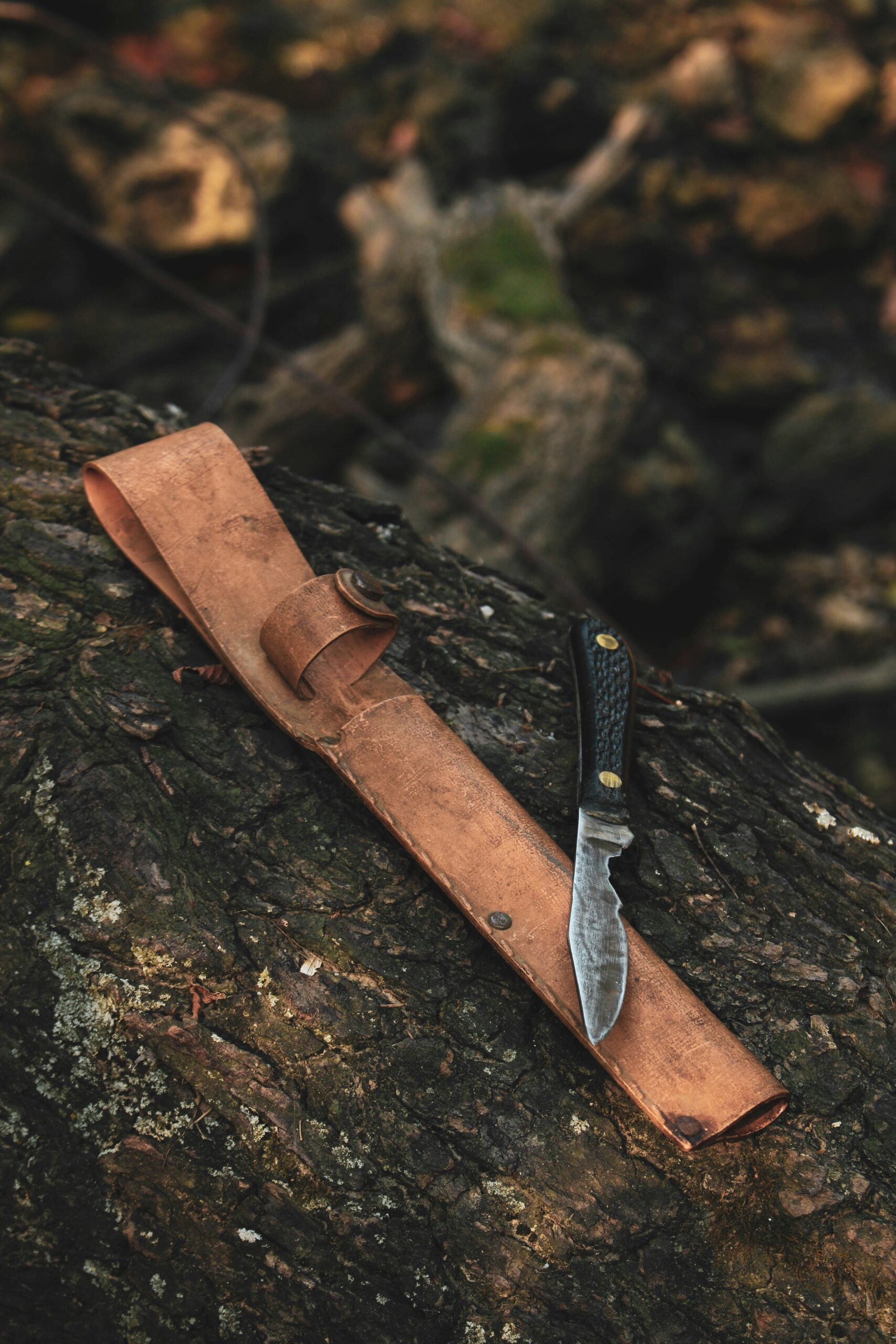
Preventing Rust and Corrosion
Knife blades are often made of high-carbon steel or stainless steel, each of which requires specific care to avoid rust. High-carbon steel blades should be kept dry and regularly oiled to fend off corrosion. Stainless steel, while more resistant, is not impervious to rust, and should likewise be kept clean and occasionally oiled to maintain its integrity. Avoid submerging any knife in water, as this accelerates the risk of rust forming.
Proper Storage Techniques
How one stores a knife in sheath is equally important. Knives should be stored in a dry, cool place to prevent moisture build-up, which can cause both the blade and the sheath to deteriorate. When the knife is not in use, keep it sheathed to protect the blade from nicks and dulling. Periodically, check both the knife and its sheath for any signs of wear or damage, addressing issues promptly to avoid bigger problems down the line.
Maintaining the Sheath
The material of your sheath dictates its care regimen. Leather sheaths benefit from regular conditioning with a product specifically designed for leather care to prevent them from drying out and cracking. For fabric sheaths, ensure they are completely dry before storage to prevent mildew formation. Synthetic sheaths, often made of plastic or nylon, should be cleaned with mild soap and water and then air dried. Avoiding exposure to high temperatures and direct sunlight will also prolong the life of a synthetic sheath.
Common Mistakes to Avoid
Common maintenance mistakes include neglecting to dry the knife thoroughly after cleaning and failing to oil the blade regularly. Another prevalent error is improper sheath care; not conditioning leather or letting fabric sheaths stay damp can lead to irreversible damage. By avoiding these pitfalls and adhering to regular care routines, you can significantly extend the lifespan of both your knife and its sheath, ensuring they remain reliable tools for years to come.
Choosing the Right Knife and Sheath Combination for Your Needs
- 【Size and Quantity】- The package includes 2pcs of 4.7" x 1", 2pcs of 6.3" x 1.3", 2pcs of 8.7" x 1.9", 2pcs of 10.6" x 2.2", 1pcs of 12.2" x 1.3", 1pcs of 12” x 2.2” knife sheath, which will cover the length of your blade.
- 【Gentle to Your Blade】- Our knife guards are lined with felt, so they can protect the integrity of your knife without damaging the surface or dulling the blade as it slides in and out of the scabbard.
- 【Strong and Wear-resistant】- It is harder, more wear-resistant, and has higher impact strength. We also designed the knife sleeve to be thicker, cut-resistant, and more durable than thinner, more fragile edge guards.
- 【Environment Friendly】- Our knife cover is made of ABS plastic. Unlike common alternative PVC plastics, it does not contain BPA and is non-toxic, so you can use it with confidence.
- 【General Knive Sheath】- The 10-piece combination knife protector is designed to fit most paring knives, utility knives, boneless knives, Santoku knives, chef knives and bread knives.
- High Quality Material | The sheath is made of high quality leather with a classical look, which is soft and durable
- Stylish & Compact Design | Perfect for personal chefs who travel frequently, restaurant cooks, or outdoor activities such as camping BBQ hunting
- Safety & Easy To Use | The sheath can protect your Matsato chef’s knives from dulling nicks keeping hands safe, allow an easy and quick access
- Uniquely Designed | The Leather Knife Sheath is a beautifully designed Japanese style holder made with thick and high class genuine leather. This style has been designed to protect high end Japanese Santoku style Matsato knives
- Handmade Genuine Leather Sheath for your Matsato Knife!
- QUALITY CONSTRUCTION: Knife guard is created with a one piece, sturdy polystyrene construction for unmatched durability
- SUPERIOR DESIGN: This blade guard completely covers for safe store and transport of your knives, and edge protection ensures knife blades stay sharp and in perfect condition
- SURE FIT: Knife guard measures 8 x 2 inches and fits knife size 7-8 inches; Ideal for Cleaver, Gyuto, Nakiri, Santoku, or Chef's Knives
- EASY CARE: To maximize the performance and longevity of your Mercer knife guards, wash by hand with warm water and mild soap; rinse and dry completely with a soft towel. Can also be placed in dishwasher
- MERCER CULINARY: Mercer continues to introduce innovative, quality products allowing foodservice operations to run effectively and efficiently; perfect for professional use or the home cooking enthusiast
When selecting a knife and sheath combination, it is crucial to consider your specific requirements to ensure optimal performance and safety. Firstly, identify the primary purpose of the knife—be it for outdoor adventures, culinary arts, or tactical applications. Each category demands distinct features in both the knife and its sheath.
For outdoor enthusiasts, a durable and versatile knife in sheath is essential. Opt for corrosion-resistant materials such as stainless steel or carbon steel for the blade, and consider a full tang construction for enhanced strength. The sheath should be rugged, perhaps made from Kydex or leather, offering secure retention and ease of access. Additionally, pay attention to the sheath’s attachment system; whether you need it to attach to a belt, backpack, or MOLLE system will influence your decision.
In the culinary realm, the combination of knife and sheath takes on a different form. Chefs and home cooks should focus on high-carbon stainless steel blades for their sharpness and edge retention. Look for ergonomically designed handles that provide comfort during prolonged use. The sheath, while more of a protective cover, should ensure the knife remains sharp and safe when not in use. Blade guards or magnetic sheaths are popular choices in this category.
Tactical knives, used by military personnel and law enforcement, require a combination that balances functionality and reliability. Tactical knives often feature tanto or drop point blades for versatile utility. The knife in sheath should facilitate swift deployment, with a snug fit to prevent accidental dislodgement. Sheath options here may include materials like nylon or polymer, often with additional security features such as retention straps or locking mechanisms.
First-time buyers of a knife in a sheath should start with a clear understanding of their needs and research knives that fit those criteria. Seasoned knife enthusiasts might delve deeper into specifics like custom knife makers or exotic materials. Regardless of your experience level, assessing factors like blade material, handle design, and sheath functionality will guide you to the optimal knife and sheath combination for your unique requirements.
